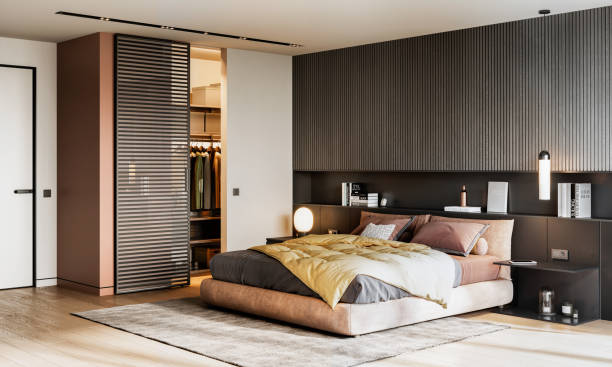The Benefits and Drawbacks of Various Kitchen Cabinet Materials

When you’re working on remodeling your kitchen, one of the first decisions you have to make is which material you want to use for your kitchen cabinets. There are lots of choices—from wood to composite and everything in between. What material will work best? How do you decide? Find out the benefits and drawbacks of each option before you make your final choice.
Acrylic
These days, kitchen cabinets materials span a wide gamut. Wood is still a popular choice among homeowners, but these days you can choose from stainless steel, aluminum and fiberglass as well. Alumawood is made with an aluminum exterior that’s laminated over MDF; it looks a lot like real wood when you paint or stain it (though some are manufactured to resemble other types of material like ceramic tiles). But because they’re not solid wood, they may not hold up as well to wear and tear over the years. Laminate cabinets usually come in several different finishes—from solid colors to marbleized prints to faux wood graining.
Anodized Aluminum
Plywood cabinets are often used as a more affordable alternative to more expensive cabinet materials like solid wood or particle board. They are made from layers of wood that have been glued together under pressure and then cut into sheets for use in the manufacturing process. Allure plywood is one such brand and can be found at home improvement stores across the United States.
Composite
Kitchen cabinets are the focal point in many kitchens. They can be the deciding factor in whether or not a kitchen feels luxurious or down-to-earth. Kitchen cabinet materials can vary greatly from country to country, but some popular materials include wood, metal, and vinyl. Wood is typically considered to be the most elegant material for kitchen cabinets because it can create a warm environment. However, it also requires more maintenance than other types of materials such as metal and vinyl. If you want your kitchen to feel modern, you may prefer a material like metal which typically has a sleek design with sharp edges that is almost impossible to stain or water damage. One drawback of metal cabinets is that they cannot be refinished like their wooden counterparts if they become scratched or damaged over time.
Laminate
Wooden cabinets offer both style and warmth thanks to the natural wood finish. Wood is more expensive than laminate but it will last longer so you won’t need to replace it as quickly. The downside is that wood scratches easier than laminate and can be difficult to repair if you don’t know how so always consider this before making your decision! Painted kitchen cabinets offer an unique look with plenty of color options.
Solid Wood Section: Steel Section: Stainless Steel Section: Veneer Section: Ceramic Tile Section: Handmade Shaker
The pros to solid wood cabinets are that they have an allure to them, a sleekness, a longevity. They last for a long time, meaning that you won’t have to replace them as often. On the downside, they are expensive. They also take more care than other materials. Steel is cheaper than solid wood but doesn’t look as nice. Stainless steel is pricier but has some advantages over steel because it looks nicer and can be easily cleaned. Ceramic tile cabinets are also affordable but can get stained easier than other materials because they are porous.